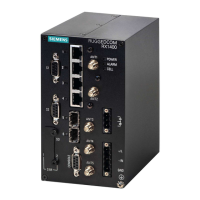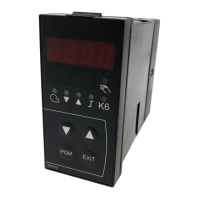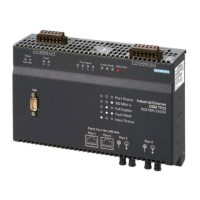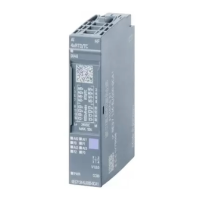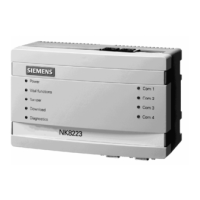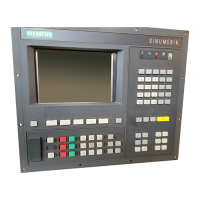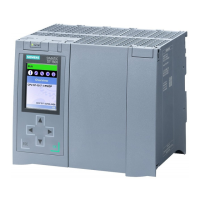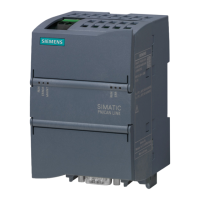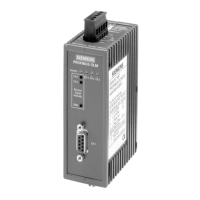Chapter 16
Traffic Control and Classification
RUGGEDCOM ROX II
CLI User Guide
718 Managing NetFlow Data Export
Section16.4
Managing NetFlow Data Export
RUGGEDCOM ROX II supports the collection and forwarding of flow records to NetFlow-enabled servers, or
NetFlow Collectors.
IMPORTANT!
NetFlow requires additional memory and CPU resources, which may affect device performance when
network traffic is high. When enabled, general performance should be monitored to make sure traffic
is processed optimally. If needed, NetFlow's resource requirements can be minimized by reducing the
NetFlow cache. For more information, refer to Section16.4.5, “Controlling the NetFlow Cache”.
CONTENTS
• Section16.4.1, “Understanding NetFlow Data Export”
• Section16.4.2, “Configuring NetFlow Data Export”
• Section16.4.3, “Enabling/Disabling NetFlow”
• Section16.4.4, “Setting the NetFlow Engine ID”
• Section16.4.5, “Controlling the NetFlow Cache”
• Section16.4.6, “Controlling Active/Inactive Flows”
• Section16.4.7, “Managing NetFlow Interfaces”
• Section16.4.8, “Managing NetFlow Collectors”
• Section16.4.9, “Viewing the Status of NetFlow”
• Section16.4.10, “Example: Exporting Flows to Multiple Collectors”
Section16.4.1
Understanding NetFlow Data Export
NetFlow is a traffic analysis tool developed by Cisco that allows network operators to characterize traffic flows
across their networks. It provides information that allows operators to identify security vulnerabilities, assess
network productivity and resource utilization, determine the causes of congestion, and more.
A basic NetFlow monitoring setup consists of the following components
• Flow Exporter
The exporter aggregates data packets into flows, which are forwarded to one or more flow collectors.
• Flow Collector
The collector receives, stores and pre-processes flow data received from one or more flow exporters.
• Flow Analyzer
The flow analyzer queries one or more flow collectors for flow data and then analyzes the data with a focus on
intrusion detection and traffic profiling.
RUGGEDCOM ROX II acts as a flow exporter, collecting data from ingress (incoming) and/or egress (outgoing)
packets and then forwarding them as flow records to one or more collectors.
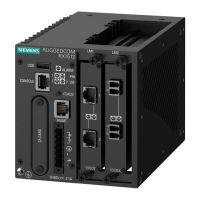
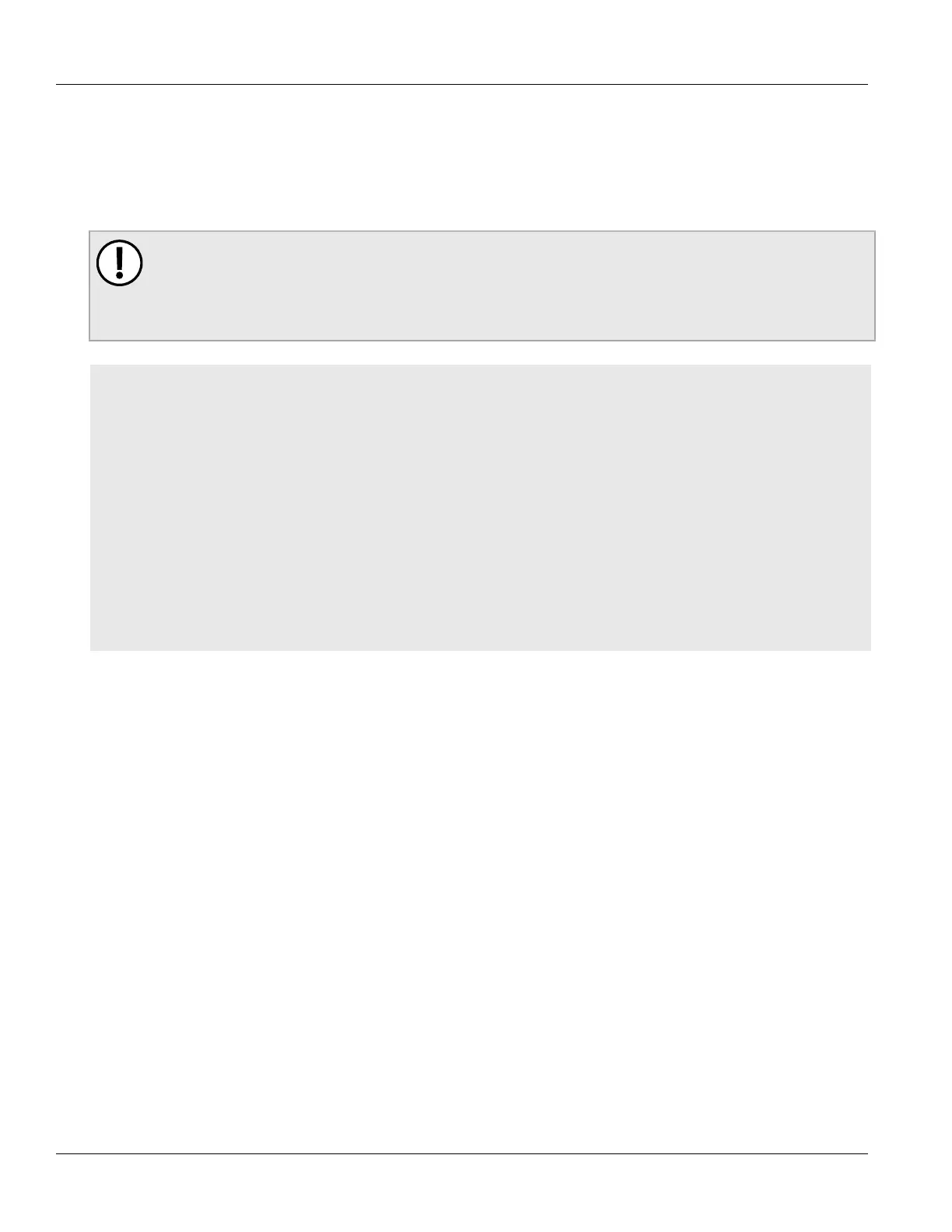